Latest Helium News
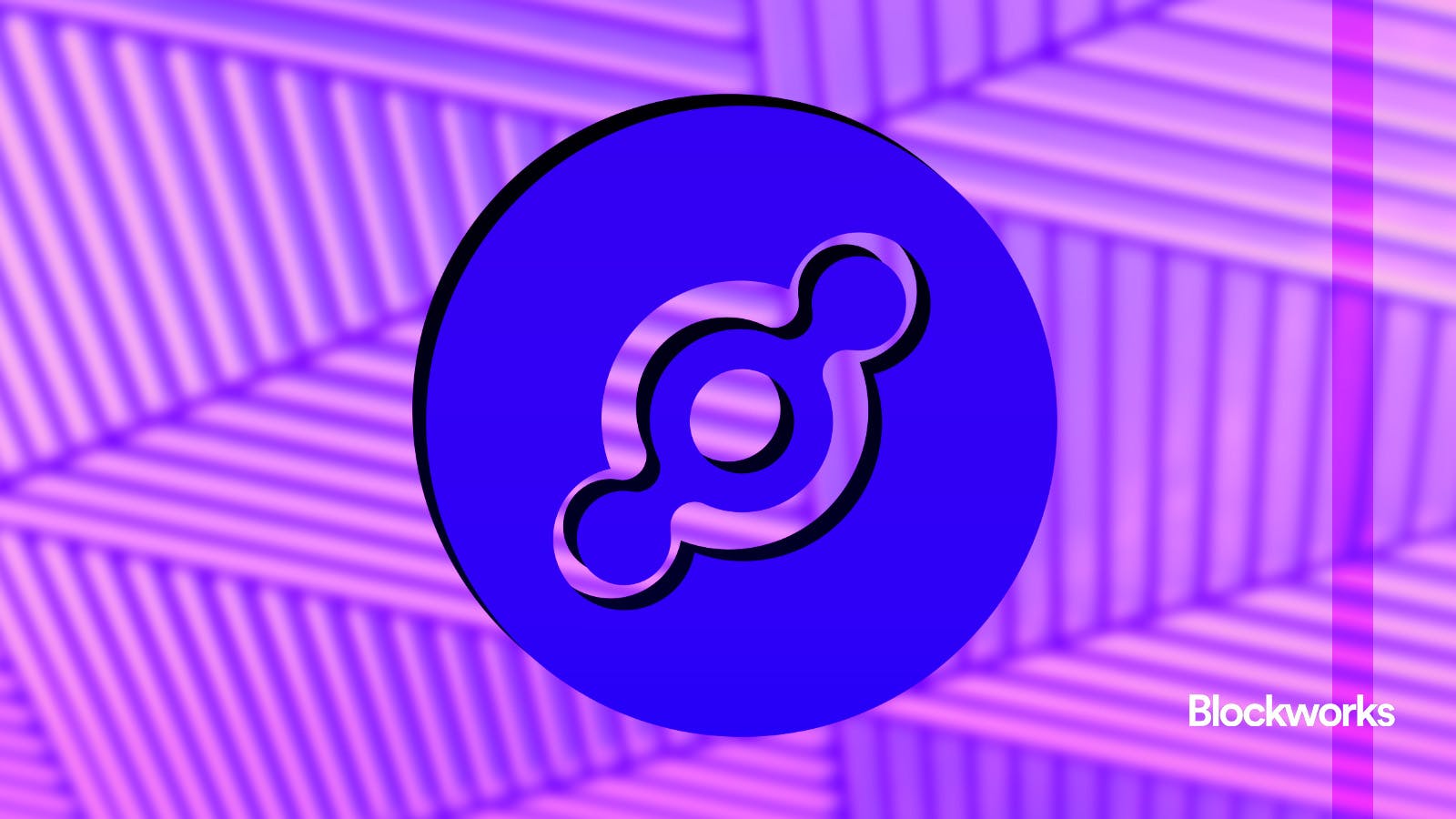
9 months ago
Helium Foundation's Expansion into Decentralized Physical Infrastructure
Helium Foundation CEO Abhay Kumar discusses the expansion of the Helium network beyond wireless to include decentralized physical infrastructure (DePIN). The foundation aims to create a singular ecosystem with multiple networks, potentially using the same coordination layers. The addition of energy-focused startup Srcful as a DePIN is part of this vision, which also includes modifications to IoT device deployment and incentivization.
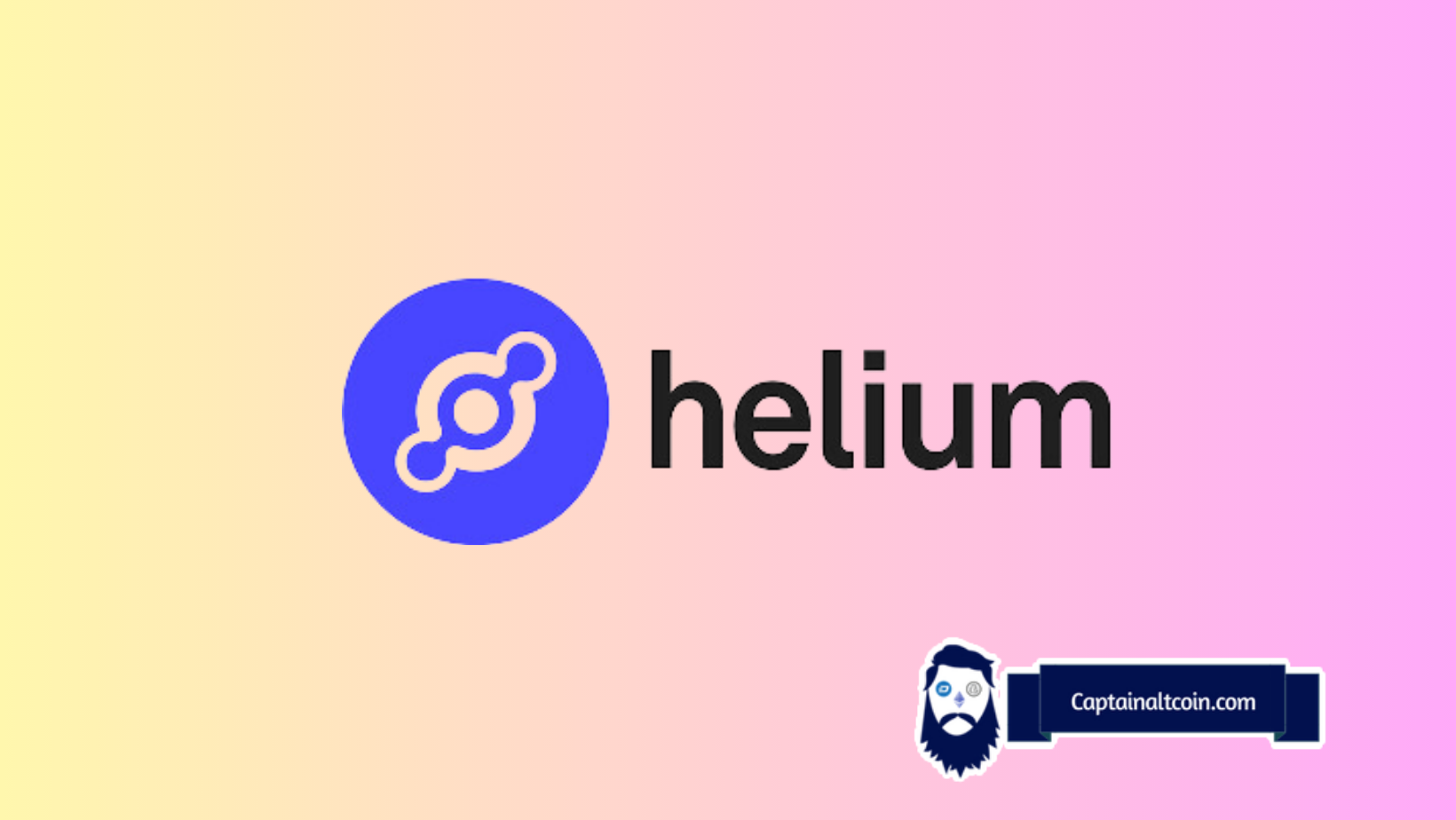
9 months ago
Helium Price Pumps 20%, Analyst Explains Bullish Outlook on HNT
Helium's HNT has experienced a 20% surge, reaching over $4.4, making it the second-best performing altcoin globally after WLD. Analyst 'Agonybeard' on Twitter is bullish on HNT due to its leading position in the DePIN narrative, clear crypto and token use case, and being one of the few Solana-based tokens that funds are comfortable buying. With a circulating supply of 75% and a market cap of $650 million, there is potential for HNT to reach multibillion-dollar levels. Agonybeard also highlights Helium's product-market fit with its mobile phone plan and 5G network, which has seen a doubling of subscribers since late February, indicating growing adoption. Despite being over 92% below its all-time high, the analyst suggests a promising chart and a long road to recovery for HNT.

9 months ago
DePin Sector Advances with World Mobile and Helium Subnetworks
Decentralized Physical Infrastructure Networks (DePin) are making strides in the tech industry by supporting decentralized projects in real-world infrastructure. World Mobile has reached a significant milestone with over 100,000 daily users, a 400% increase in the past year, with its network expanding across Africa, Asia, and the USA. The company has deployed 1,798 AirNodes globally, positioning it as the largest network in the DePin category. World Mobile supports its participants through the World Mobile Token (WMT), incentivizing an active user base. The company has also announced plans for global AirNode deployments and a token migration to various blockchains in 2024. Additionally, the Helium Foundation is exploring new subnetwork opportunities with the Swedish energy project Srcful, which aims to use Helium hotspots to run a virtual power plant, offering another way to earn tokens. Meanwhile, Crust Network has partnered with Xcavate to provide secure, decentralized storage solutions for real estate tokenization, enhancing data integrity and scalability.

9 months ago
Helium Mobile Expands Decentralized Network Infrastructure
Helium Mobile has expanded its decentralized network with increased compatibility with third-party hardware and pilot programs for interoperability with other carriers. The company's licensing program has enabled developers to create compatible hardware like routers and hotspots, exemplified by RAKwireless's MNTD.FI Pro mobile hotspot. Additionally, Helium is working on the OpenRoaming framework to enhance wireless carrier crossover.
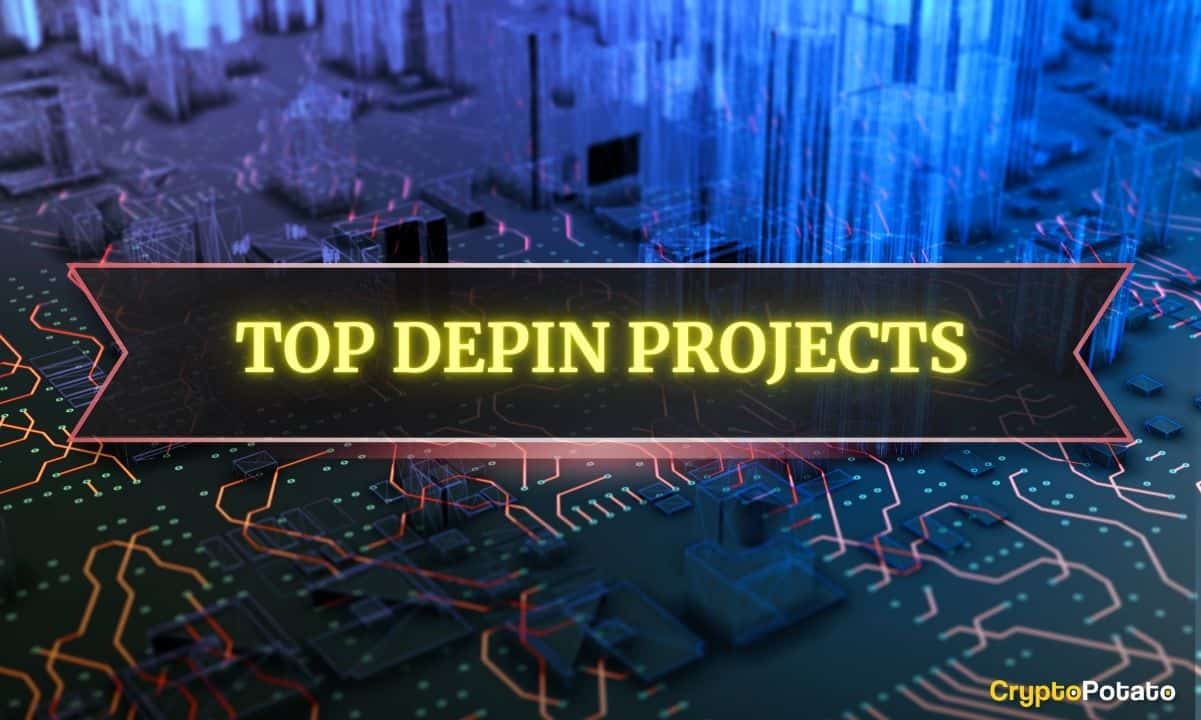
9 months ago
Exploring the DePIN Sector in Crypto
DePIN, shorthand for decentralized physical infrastructure, is a burgeoning sector in the crypto space that combines various technologies to maintain a global network of physical assets. It encompasses protocols leveraging blockchain for a decentralized approach to infrastructure management, supported by participants providing computational resources. DePIN projects are divided into two categories: Physical Resource Networks (PRN), which include essential hardware for connectivity, and Digital Resource Networks (DRN), supplying the digital resources necessary for operating physical systems. Notable DePIN projects include Render Network, which decentralizes GPU cloud rendering, and The Graph, Filecoin, Arweave, Akash Network, AIOZ Network, Bittensor, Helium Network, IOTA, and Theta Network, each contributing to the advancement of decentralized infrastructure solutions.

9 months ago
Helium Foundation Explores Subnetworks Beyond Wireless
The Helium Foundation is exploring new possibilities with the introduction of 'subnetworks' that extend beyond wireless capabilities. A Swedish project, Srcful, has proposed to become a Helium subnetwork, introducing its own ENERGY token. Helium currently allows individuals to operate nodes in its IoT network, earning Solana-based IOT tokens convertible to HNT tokens. By investing in a Helium hotspot, participants can contribute to the network and hope for token rewards exceeding their energy costs. Srcful aims to utilize Helium hotspots for a virtual power plant concept, aggregating smaller-scale renewable energy sources to support the energy grid. Households can offer power from solar panels or batteries, receiving ENERGY tokens in return, while hotspot operators are rewarded for managing these energy sources. Srcful plans to sell the energy from the virtual power plant to energy companies or grid operators, aiming to generate revenue. However, concerns have been raised about the complexity of Srcful's business model and the need for contracts with energy-needy operations. Helium Foundation CEO Abhay Kumar anticipates more proposals like Srcful's to come, as Helium looks to expand its ecosystem.

9 months ago
The Evolution of Decentralized Physical Infrastructure Networks
Decentralized physical infrastructure networks, or DePINs, are rapidly expanding in the blockchain industry. With over 1300 projects and growing, DePINs are transforming various sectors by incentivizing individuals to contribute resources and data. From health tracking rings to WiFi hotspots, browser extensions, and vehicle monitoring devices, DePINs offer innovative ways for users to earn rewards while providing valuable services and data. The new generation of DePINs is focusing on demand-led growth, lowering barriers to entry for contributors, leveraging speculation, and maintaining centralized control during the early stages of development. Projects like Spexi, Natix, and 3DOS are examples of how DePINs are evolving to build sustainable and impactful networks. As the DePIN industry continues to mature, we can expect even more innovation and positive real-world impact from these decentralized infrastructure projects.
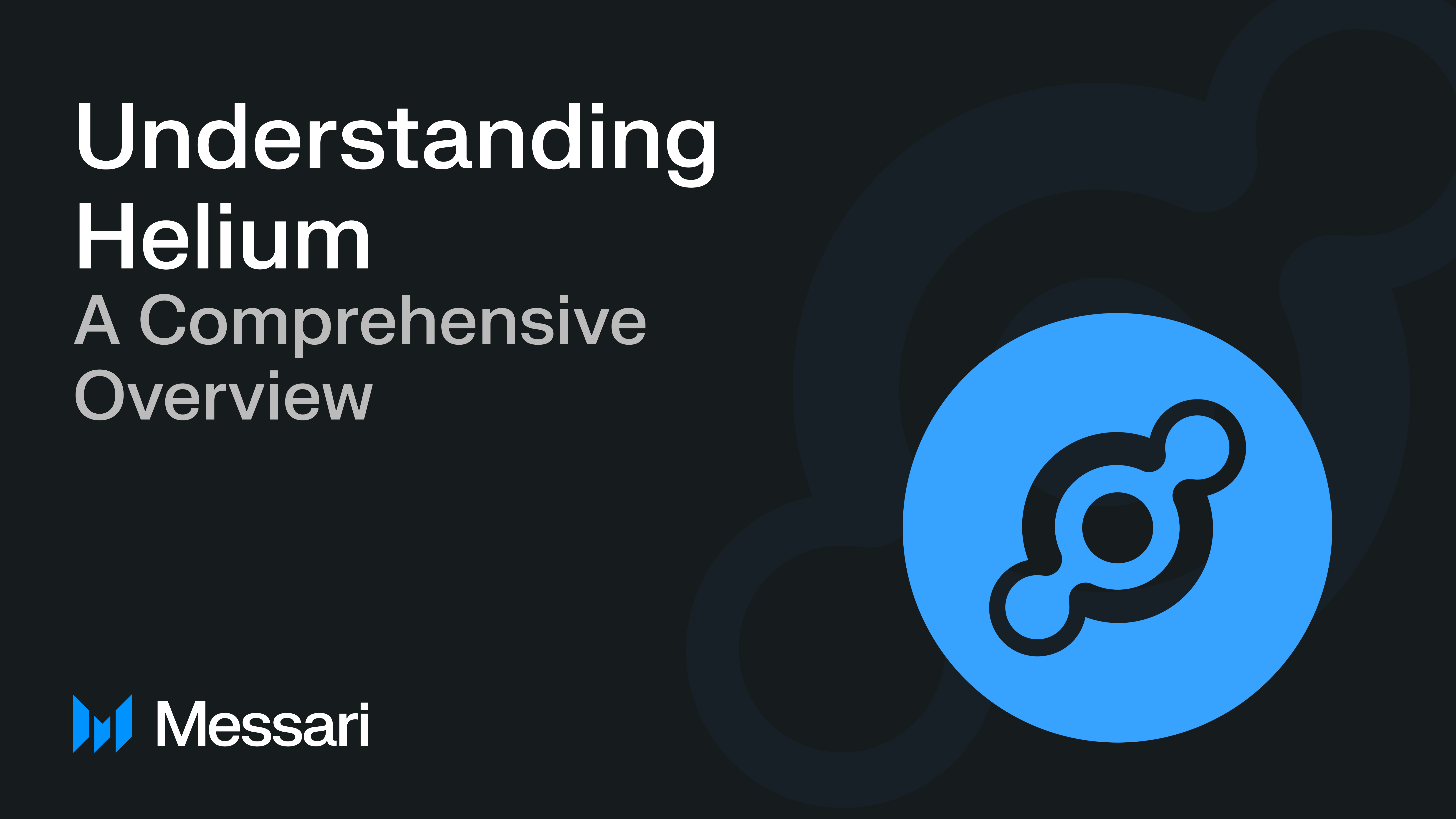
9 months ago
Helium's Decentralized Network Ecosystem and Growth
Helium is developing a decentralized network ecosystem that supports IoT and 5G networks. The Helium Network Token (HNT) serves multiple purposes, including obtaining Data Credits, participating in governance, and acquiring subDAO tokens. The network's growth, particularly Helium Mobile, has been significant, with partnerships like Telefónica aiding in expansion. Helium addresses coverage and cost issues by incentivizing small suppliers through tokenized rewards. It began as an IoT network in 2019 and transitioned to the Solana blockchain after governance approval, operating on a subDAO framework. Helium's IoT network has various applications, including flood detection and museum monitoring.

9 months ago
DePINs: The Future of Decentralized Telecommunications Infrastructure
Decentralized physical infrastructure networks, or 'DePINs,' are gaining attention in the crypto industry for their potential to tackle real-world data and energy challenges. DePINs integrate with physical infrastructures and use blockchain technology along with token incentives to enhance business operations. The DePIN market is currently worth $2.2 trillion and is predicted to grow to $3.5 trillion by 2028, according to Messari. DePINs address connectivity and technology issues in the telecommunications industry, which is valued at $3.1 trillion and expected to reach $3.9 trillion by 2028. Projects like Helium Mobile aim to disrupt the wireless telecommunications industry with a decentralized, community-built network, offering affordable, unlimited mobile services.
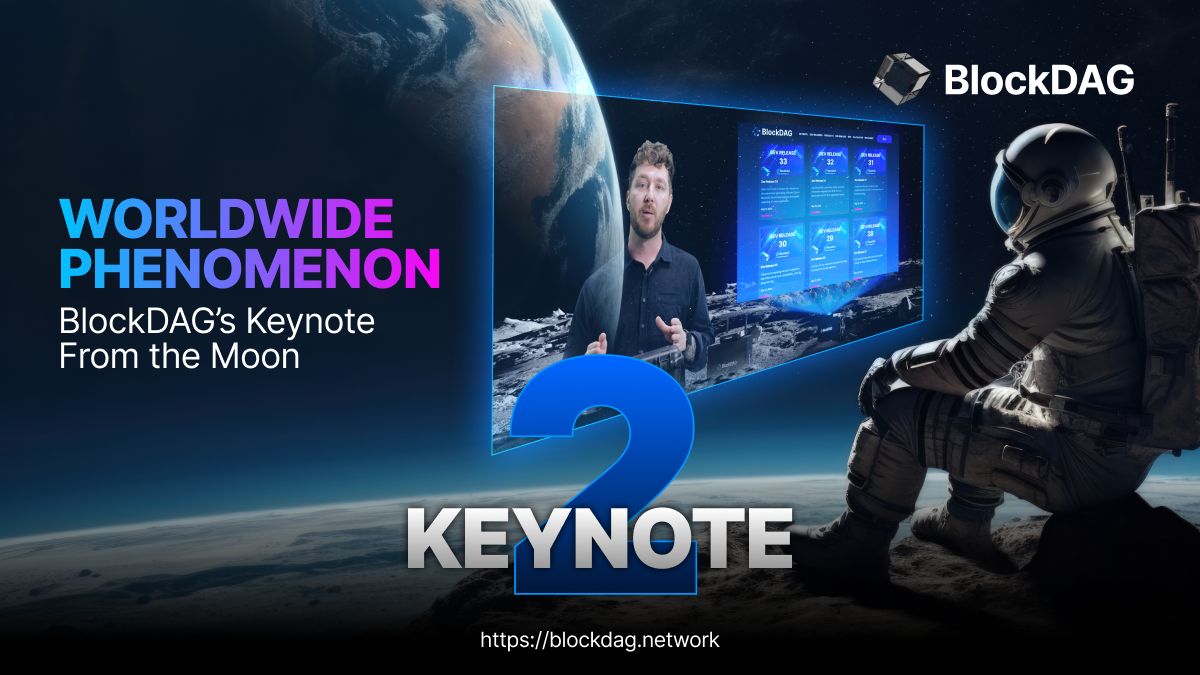
10 months ago
BlockDAG's Keynote 2 Presentation Sparks 30,000x ROI Potential Amid Crypto Market Competition
While ApeCoin and Helium are gaining attention in the cryptocurrency market, BlockDAG has emerged as a strong competitor with its groundbreaking Keynote 2 presentation. The presentation has significantly increased BlockDAG's pre-sale earnings to $54.5 million and is expected to yield up to a 30,000x ROI, showcasing its significant growth potential. Helium's value has surged by 50% in a day, following its nationwide mobile service expansion in partnership with T-Mobile. The introduction of a $20 unlimited data, talk, and text plan leverages Helium's decentralized IoT network to enhance service utility and connectivity. ApeCoin's forecast indicates a gradual increase, with prices predicted to range from $2.24 to $2.65 in 2025 and reaching between $13.13 and $15.69 by 2030, driven by ongoing market evolution and technological advances. BlockDAG's Keynote 2 has unveiled significant advancements in blockchain technology, emphasizing its dedication to innovation. The company plans to release a documentary and a DOXing video to engage with the community and reveal the faces behind its technology, fostering trust within the cryptocurrency community. BlockDAG's roadmap promises substantial advancements, including the development of new blockchain explorer tools and enhancements to smart contract functionalities and asset management. These improvements aim to provide a more user-friendly and comprehensive blockchain experience, optimizing operations and setting new industry benchmarks. With the successful sale of Batch 19 coins at $0.014 each, representing a 1300% increase from their initial pricing, BlockDAG's growth trajectory is set to soar, making it the most bullish contender for 2024 in the crypto market.
Signup for latest DePIN news and updates